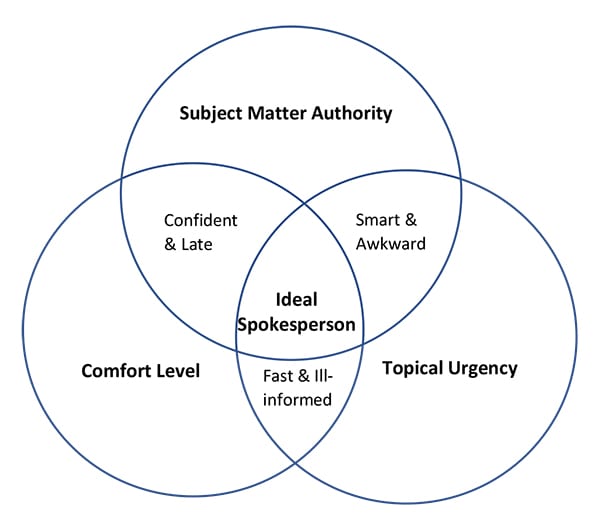
For some in financial services the late-January phenomena of GameStop represented an existential threat. For others, it was a chance to take a position. Unforeseen events like these are accelerating: Black Lives Matter and the Capitol insurrection commanded explosive and widespread notoriety. In response, courageous executives acted. This was not possible without prior planning and consideration.
In response to the Capitol riot Jan. 6, such major companies as PricewaterhouseCoopers, AT&T, Lockheed Martin, Amazon and Comcast announced they were pausing, reconsidering or halting funding from their political action committees (PACs) to certain lawmakers [see lead story].
Some organizations hesitated before acting; others did nothing. Certain companies remained idle because they feared getting it wrong owing to the situation’s velocity and their unpreparedness. Nimble organizations are ready to mobilize when, and if, the moment arises.
Research Can Help
Serious strategic planning for communicators focuses on target audiences, key media to reach those audiences, delivery of intended messages and timing. Every year, PR departments and agencies refresh plans to align on a reasonable and methodical course to achieve stated objectives.
Inevitably, something upsets even the best strategies. It may be a breaking news event on which your organization qualifies (or feels compelled) to comment.
In these situations, executives often respond emotionally rather than rationally. The dash begins: Who can say what to whom, how quickly and to what effect?
Data-informed communication planning helps mitigate chaos. An annual landscape analysis, along with regular updates, top-line pulse checks and instant alerts, enable organizations to respond more thoroughly, purposefully and efficiently.
The process reflects a need to align on an organizational communication framework. A landscape analysis provides PR pros with a structure that includes target media, meaningful topics and a platform to track breaking, unanticipated messaging events.
We should always track over-arching organizational reputation attributes like: ESG, leadership, quality of products and services, workplace environment and financial performance.
A landscape analysis assesses your business environment, organizational priorities from top leaders, and preferences and concerns of external and internal stakeholders. The analysis may combine all or part of the following communication research instruments: surveys, social listening, journalistic media analysis and audits of smaller groups, such as key executives, journalists and opinion leaders.
Apply research findings to identify messages that are: most compelling to stakeholders and credible coming from your organization.

Most Situations
This might not capture every unanticipated event, but it should inform your intended message when time is short. Highlight media that are most trustworthy and engaging to stakeholders. Look to reinforce strengths revealed through research; important, but more complicated, address competitive shortfalls.
Deciding ‘what to say’ and ‘to whom’ leads to ‘who’… Seek leaders, not just communicators, who offer confidence, expertise and responsiveness.
Research reveals the most important messages and media (‘what we say’ and ‘to whom’). Align high-priority topics to the most qualified spokesperson and create a version of the Venn Diagram [see above] for each. You can raise levels of media comfort or heighten awareness to the need for responsiveness through training, as the overlap may be scarce.
Beyond the baseline landscape analysis, continue to monitor news and social using a real-time platform and deeper analysis, when required. Agile pulse check reporting reveals emerging issues by rerunning the landscape analysis in miniature. More frequent top-line analysis enables communicators to quickly assess competitors: Are they rushing in? How does the media react to their position? Is this an opportunity to positively differentiate your company, or is it a shiny waste of time? Of course, in certain cases, companies and leaders act fearlessly when their ethics can’t withstand compromise. Closely monitor the event to determine if, how and when to refine course as necessary.
If you’re only reacting, you’re too late. To gain an advantage, work in advance to decide which topics merit a response. With advanced planning and thorough communication research, you reduce the time to reach a purposeful decision by knowing who should say what, to whom, when and to what effect.
Contact: [email protected]
